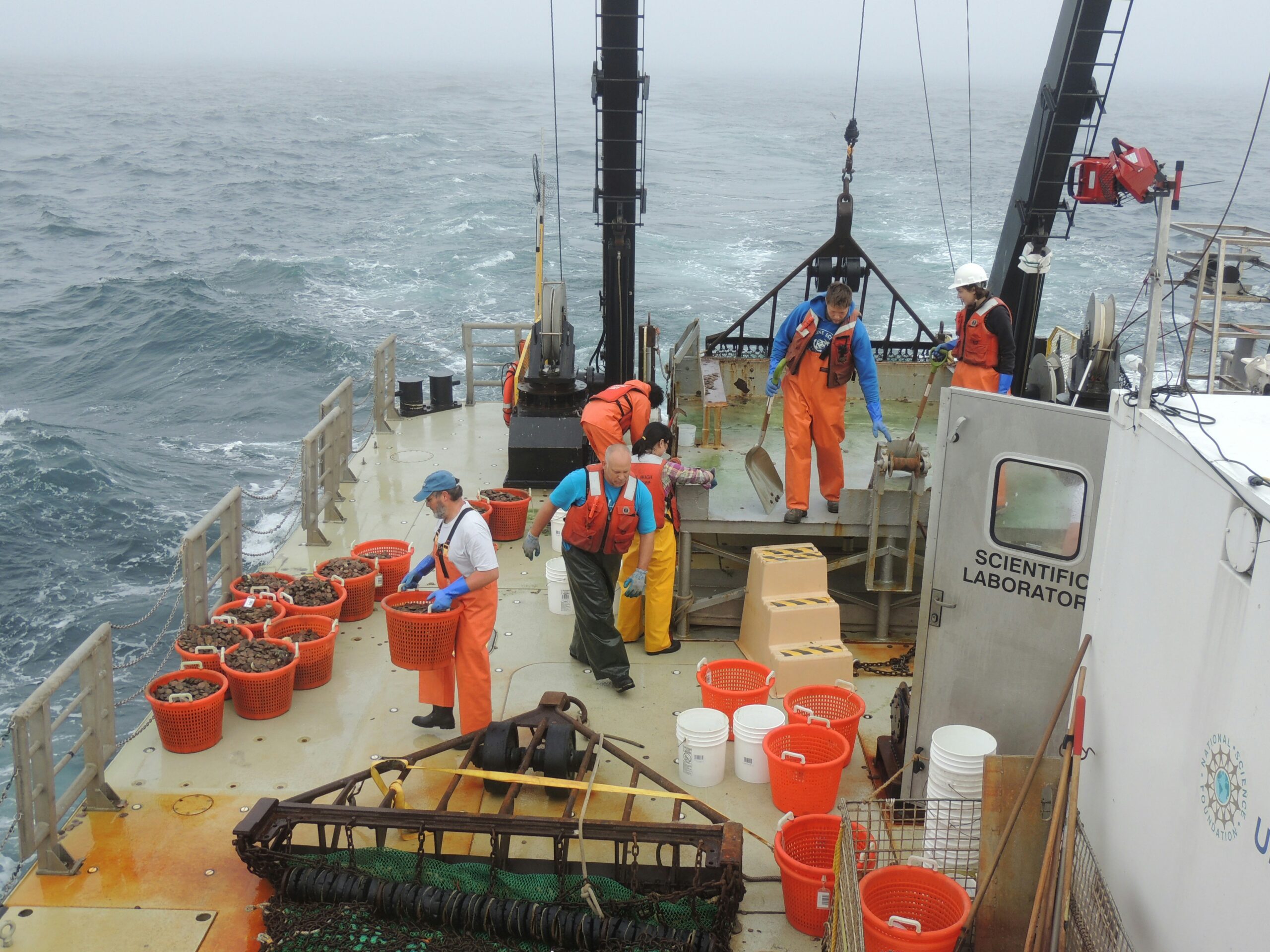
The marine manufacturing industry is one of the most complex and demanding sectors globally, requiring a unique set of tools and technologies to ensure efficiency and high-quality output. From shipbuilders to equipment manufacturers, every step in the process demands precision and skill. Manufacturers can optimize production, reduce costs, and stay competitive in a rapidly evolving market by leveraging the right tools. This article explores some essential tools that drive success in marine manufacturing.
Advanced CAD Software for Precision Design
Marine manufacturing relies heavily on advanced computer-aided design (CAD) software. CAD tools allow engineers to create detailed 3D models of vessels, components, and systems before any physical work begins. This reduces the chances of errors and speeds up the overall design process, enabling manufacturers to make design alterations quickly. With CAD, designers can simulate the behavior of materials, test structural integrity, and even assess environmental factors that affect the vessel.
Moreover, these software programs often integrate with other tools, such as computer-aided engineering (CAE) and computer-aided manufacturing (CAM), which streamline the transition from design to production. The ability to visualize complex systems ensures that any potential issues are identified early on, preventing costly mistakes during the building phase. For manufacturers, this collaboration of design tools provides a smooth production workflow and supports the creation of more innovative, efficient, and sustainable vessels.
Precision Welding and Fabrication Tools
Another cornerstone of marine manufacturing is the precision welding and fabrication tools used to assemble the intricate components of ships, boats, and offshore structures. Given the scale and complexity of marine vessels, the welding process must be incredibly accurate to ensure safety and structural integrity. High-quality welding machines, including those for automated welding, offer speed and precision in joining materials like steel and aluminum.
In addition, modern fabrication tools, such as CNC (Computer Numerical Control) machines, help manufacturers achieve the exact dimensions and shapes required for marine construction. These machines allow for highly detailed and accurate cutting, bending, and shaping of materials, reducing the likelihood of human error and enhancing productivity. The use of advanced welding and fabrication technologies not only improves efficiency but also ensures that the finished product meets rigorous safety and quality standards.
Robust Testing Equipment for Durability and Performance
Testing is another crucial aspect of marine manufacturing. Manufacturers need reliable testing equipment to ensure each product can withstand the demanding marine environment. Various tools, from stress tests to performance simulations, assess durability, buoyancy, and overall functionality. These tests provide critical data, ensuring that ships and offshore platforms can handle extreme weather conditions, rough seas, and prolonged use.
Furthermore, testing tools, such as material hardness testers, corrosion resistance testers, and fatigue testing machines, help verify the integrity of the materials used in construction. By incorporating advanced testing equipment, manufacturers can identify potential weaknesses before products reach customers, reducing the risk of failures and enhancing safety standards. As a result, testing ensures vessels perform reliably over time, meeting regulatory requirements and customer expectations.
State-of-the-Art Automation and Robotics
In recent years, automation and robotics have become integral to marine manufacturing. These technologies allow manufacturers to automate repetitive and labor-intensive tasks, significantly reducing production time and labor costs. Automated systems can handle everything from assembly to painting, welding, and material handling, freeing workers to focus on more complex tasks. Additionally, robots equipped with advanced sensors and AI can perform with incredible accuracy, minimizing the margin for error.
Automation tools streamline the production process and enhance safety. Robots taking over hazardous tasks significantly reduce the risk of human injury. Integrating robotics in marine manufacturing also allows for more flexible and scalable operations.
Efficient Supply Chain Management Software
Managing the flow of materials and components throughout the manufacturing process is vital to ensuring timely production and avoiding costly delays. Supply chain management (SCM) software is an essential tool that helps streamline the procurement, storage, and distribution of materials. This software provides real-time tracking of raw materials, ensuring that inventory levels are optimal and that shipments are received on time. Additionally, SCM tools allow manufacturers to plan production schedules more efficiently, reducing downtime and ensuring that resources are used to their maximum potential.
Moreover, advanced SCM software integrates with other enterprise resource planning (ERP) systems to provide a holistic manufacturing process view. By improving visibility and coordination across the supply chain, manufacturers can identify bottlenecks, predict potential disruptions, and implement solutions proactively. The use of SCM tools not only boosts productivity but also helps reduce costs associated with excess inventory or unplanned delays, which is particularly important in the fast-paced world of marine manufacturing.
High-Quality Coating and Finishing Equipment
Manufacturers rely on high-quality coating and finishing equipment to protect marine vessels from harsh environmental conditions. The coatings applied to ships and offshore structures must withstand saltwater corrosion, extreme temperatures, and physical wear and tear. Coating and finishing tools must provide precise application and durability, ensuring the protective layers remain intact throughout the vessel’s lifespan.
Spray systems, automated coating machines, and curing ovens are some of the most advanced tools used in this part of the manufacturing process. These systems ensure that coatings are applied evenly and effectively, allowing for greater consistency across large-scale projects. Moreover, high-quality finishing equipment, such as polishing and buffing machines, provides the final product with an aesthetically pleasing appearance and enhanced durability. As a result, coating and finishing tools play a key role in ensuring marine vessels’ long-term performance and visual appeal.
Marine manufacturing success relies heavily on specialized tools that improve design, precision, performance, and safety. Every tool is crucial in ensuring that vessels and structures meet the industry’s high standards, from advanced CAD software to state-of-the-art testing equipment. With the continued advancement of automation, robotics, and supply chain management technologies, the future of marine manufacturing looks promising. By investing in the right tools, manufacturers can stay ahead of the competition and continue to deliver innovative, high-quality marine products.